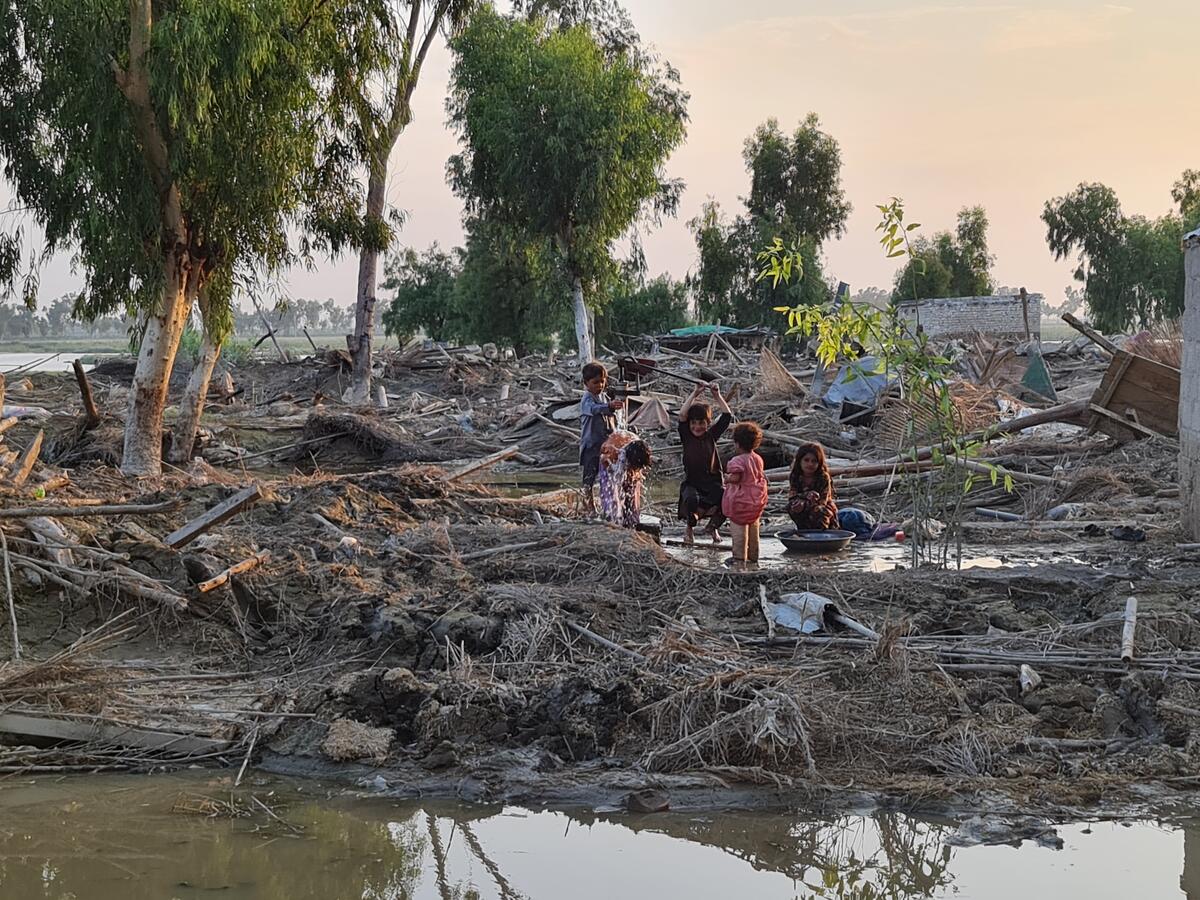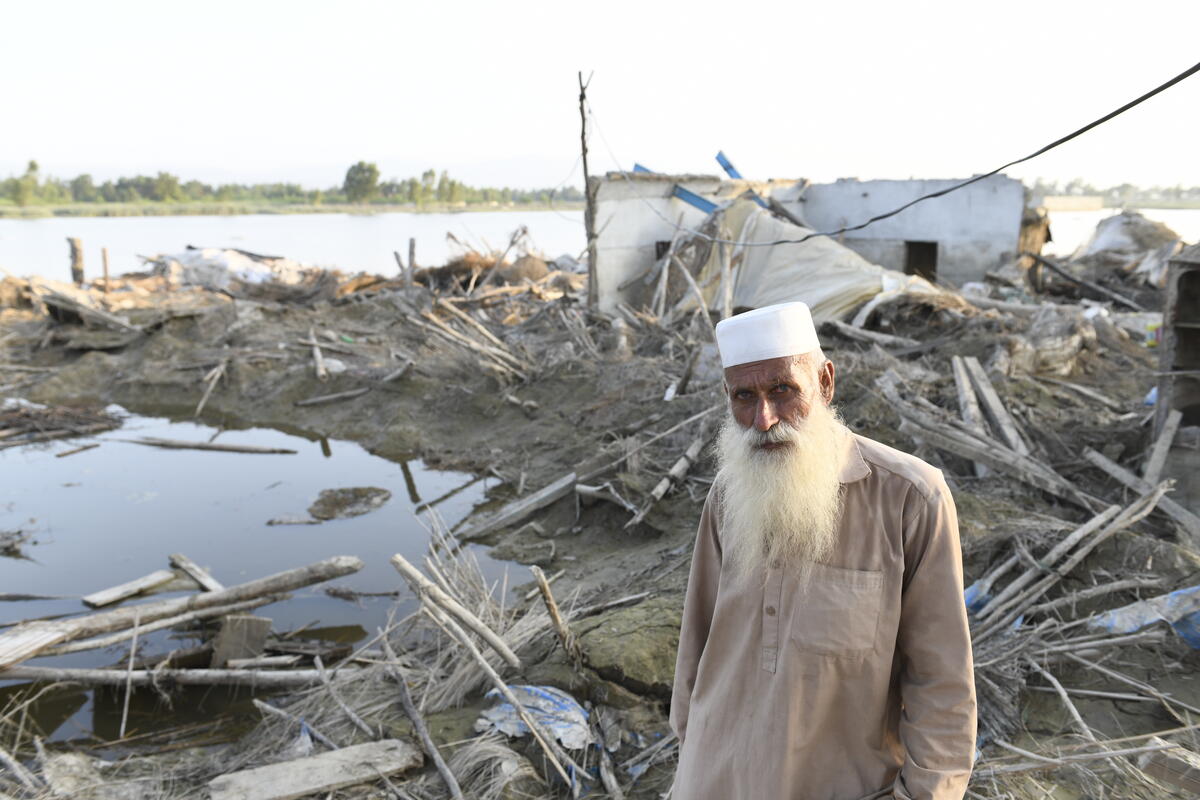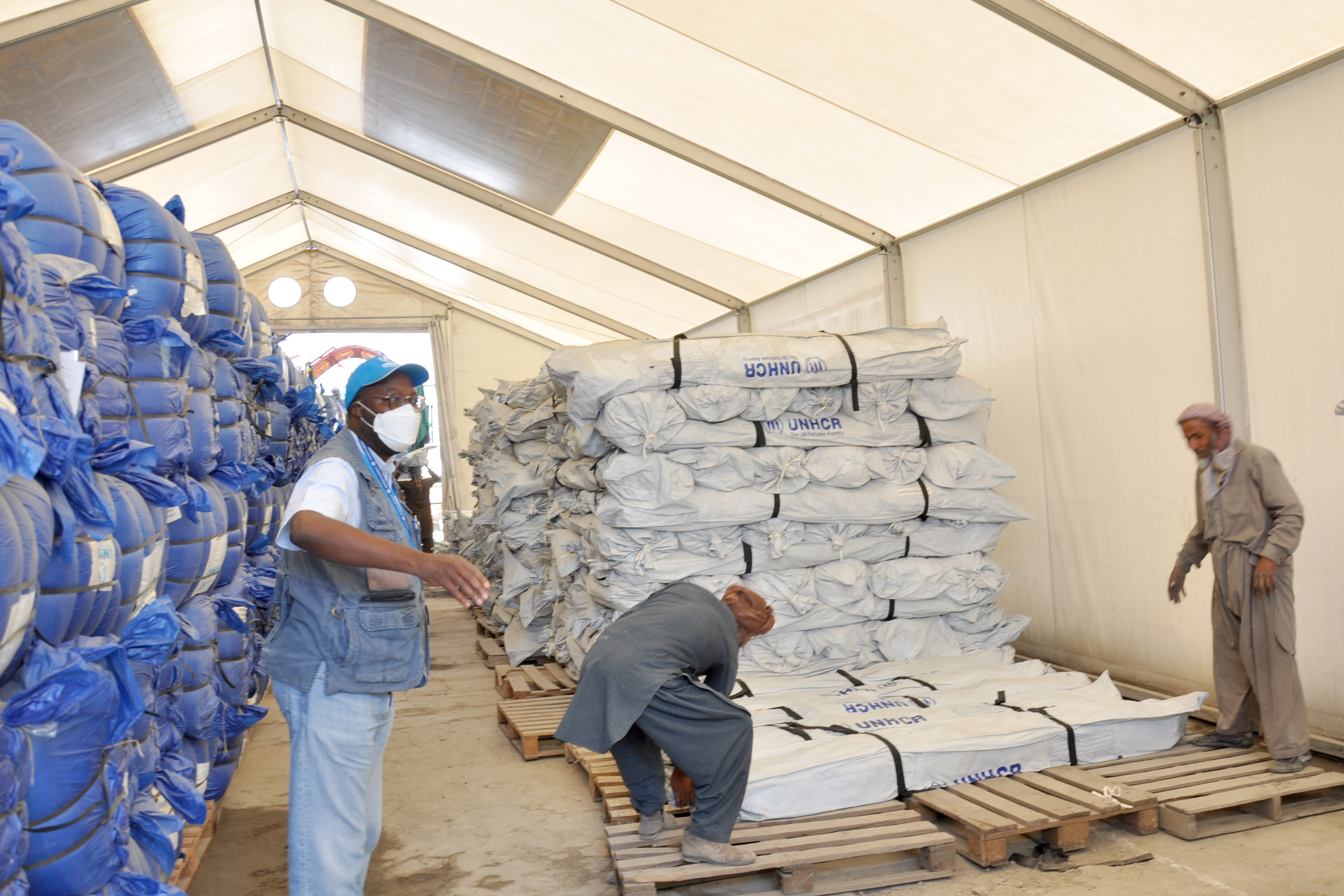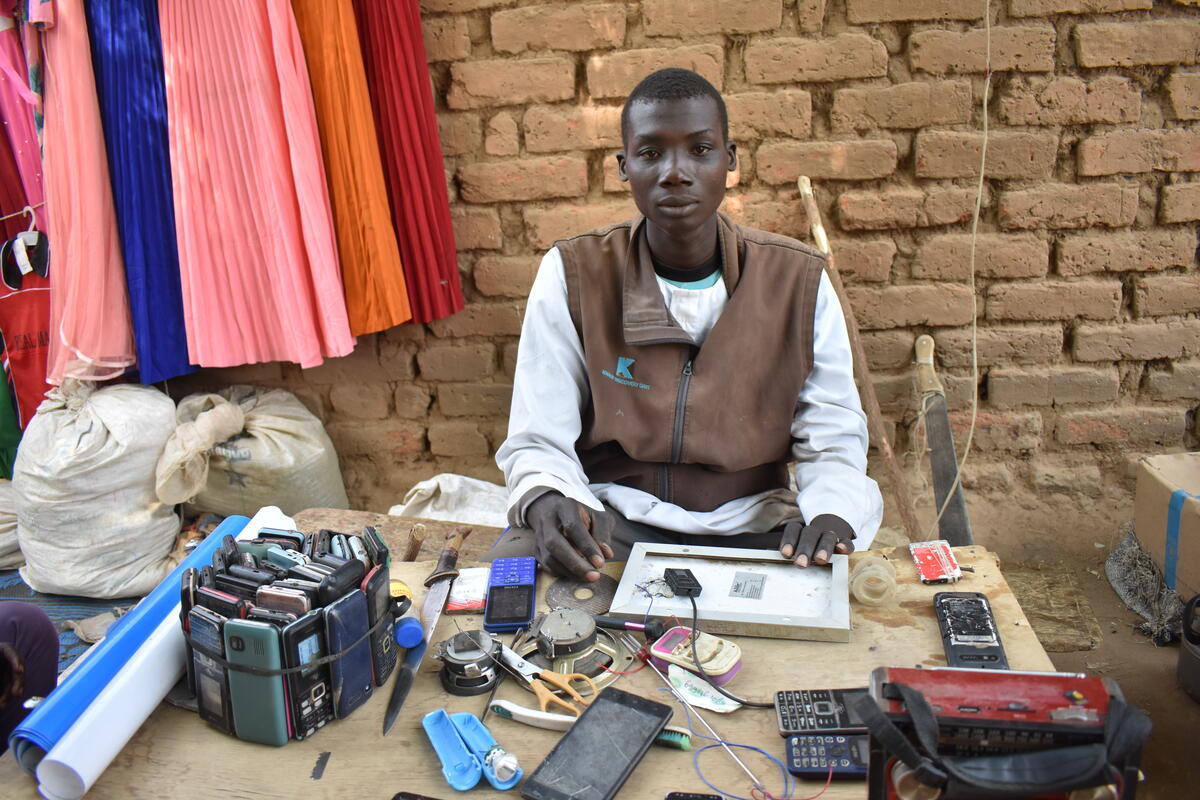Some 80,000 flee as fighting comes to an end in north-east Sri Lanka
Some 80,000 flee as fighting comes to an end in north-east Sri Lanka

COLOMBO, Sri Lanka, May 19 (UNHCR) - As fighting between the Sri Lankan army and the Liberation Tigers of Tamil Eelam (LTTE) comes to an end, the UN refugee agency braces itself for the humanitarian challenges looming ahead. It is now estimated that up to 80,000 people have left the former fighting zone in north-east Sri Lanka, which brings the total who have fled the fighting in the last several months to 280,000.
Civilians coming out of the conflict zone are sick, hungry and suffering from acute malnourishment and dehydration. Conditions at Omanthai school, where screening and registration takes place, have been described as sub-standard in terms of hygiene, health and shelter.
This latest massive influx of people, who have endured extreme conditions, will put an even greater strain on the sites hosting internally displaced people (IDPs) in the districts of Vavuniya, Jaffna and Trincomalee, which are already buckling under the pressure of the existing population.
UNHCR has put up 25,000 emergency shelters and is erecting another 10,000 to accommodate the tens of thousands of civilians who have left the combat zone and who are expected to arrive seeking shelter in coming days.
For the time being, existing shelter and relief items are sufficient to respond to the immediate needs of the displaced but stocks are running low and will need to be replenished soon.
Restrictions to enter the IDP sites, imposed over the weekend, are hindering UNHCR's ability to deliver assistance. "Our access to the Vavuniya sites has been greatly curtailed over the past few days and this affects our ability to monitor and distribute aid to the displaced," UNHCR Chief Spokesman Ron Redmond told journalists in Geneva on Tuesday. "We hope this ends quickly."
UNHCR is also calling on the government to take immediate steps to improve conditions at the 42 existing sites hosting the displaced and ensure adequate care and maintenance for the population of concern.
Concretely, UNHCR has asked the Sri Lankan authorities to allocate more land for the construction of emergency shelter, water and sanitation facilities, as well as to provide public buildings in Vavuniya, Jaffna, Mannar and Kilinochchi in order to accommodate arriving IDPs.








